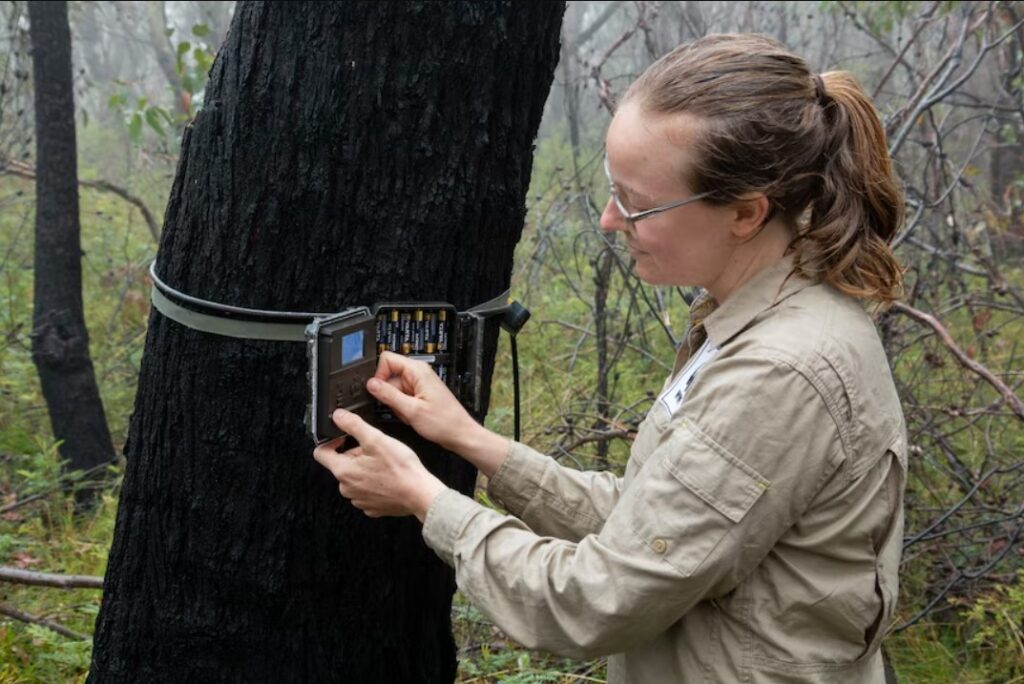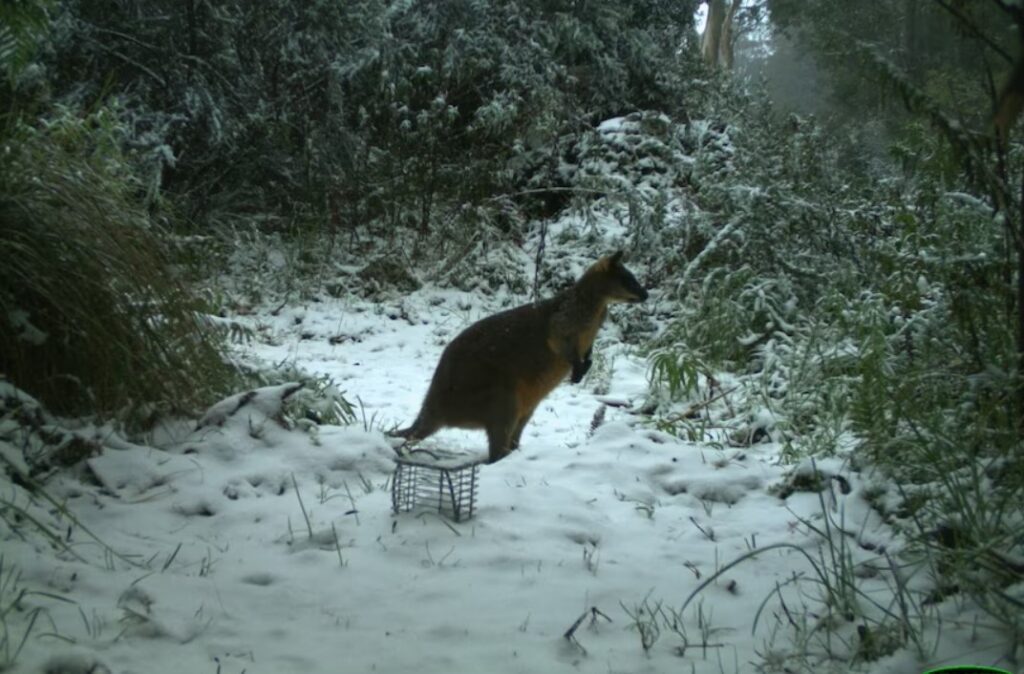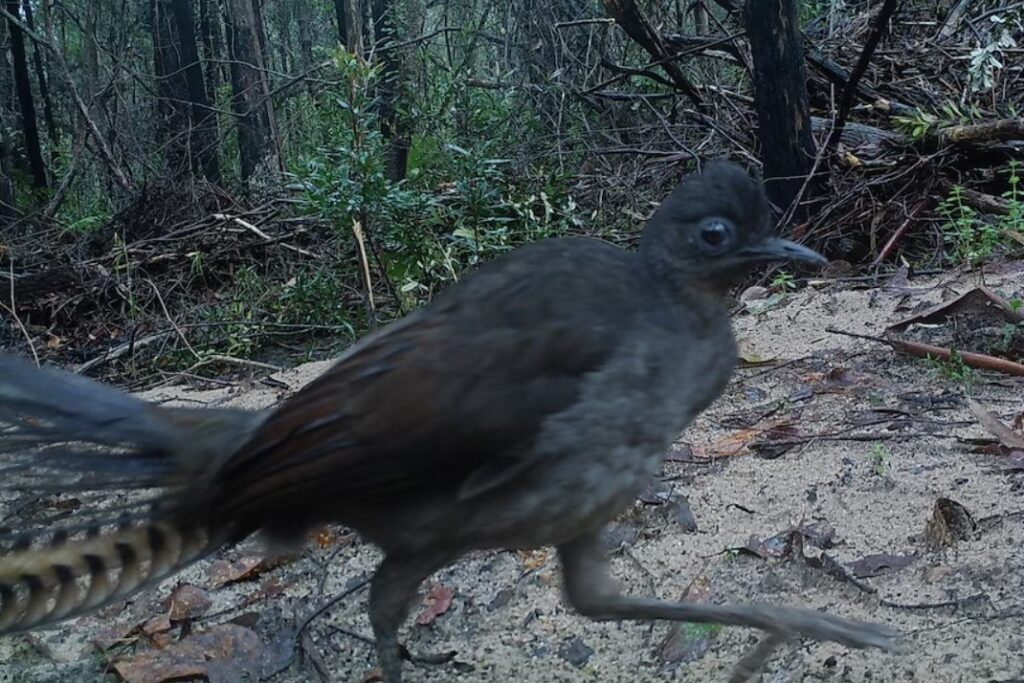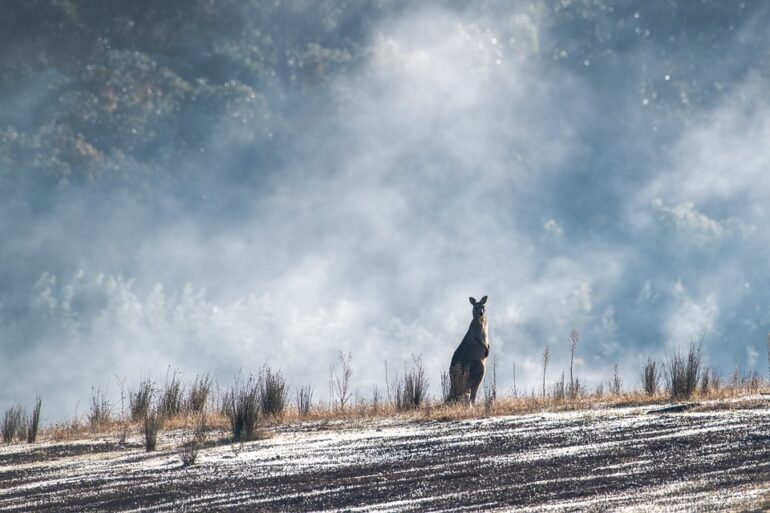TL;DR:
- The Eyes on Recovery project utilizes AI to monitor the recovery of animal populations in eastern Australia following the Black Summer bushfires.
- Over 1,100 sensor cameras were installed across fire-affected regions, capturing more than 7 million photos.
- AI technology analyzed the photos, identifying over 150 native animal species.
- Positive results have been observed, with endangered species like the long-nosed potoroo showing signs of recovery.
- AI-driven monitoring enables efficient wildlife assessment and supports timely conservation interventions.
- The data collected informs management strategies, including invasive species control and habitat restoration.
- The program has limitations in capturing all animal species, particularly those that spend time in treetops.
- Ongoing monitoring efforts will continue beyond the research program’s conclusion in July.
- AI technology can play a crucial role in assessing and monitoring wildlife after future natural disasters.
- The achievements highlight the potential of AI in wildlife conservation and the ongoing commitment to protecting Australia’s unique fauna.
Main AI News:
In a surprising turn of events, wildlife experts are witnessing a remarkable resurgence in animal populations across eastern Australia in the aftermath of the devastating Black Summer bushfires. Spearheaded by the World Wildlife Fund (WWF), Conservation International, and local land managers and research organizations, the Eyes on Recovery project has harnessed the power of artificial intelligence (AI) to monitor the recovery of animal populations since the catastrophic 2019-20 bushfires.
Across eight fire-affected regions in South Australia, Victoria, and New South Wales, an extensive network of 1,100 sensor cameras was strategically installed. This ambitious endeavor generated an astounding collection of over 7 million photos, which were meticulously analyzed using AI technology to identify and track more than 150 native animal species.
The results have been overwhelmingly positive, offering a glimmer of hope amidst the devastation. Endangered species such as the long-nosed potoroo have made a notable comeback, particularly in the East Gippsland area, which serves as a critical habitat for these vulnerable creatures.

Emma Spencer is coordinating the program to monitor how species are recovering after the bushfires. Source: WWF
The successful implementation of AI technology in wildlife monitoring has proven to be a game-changer. By leveraging the capabilities of AI and machine learning (ML), researchers and conservationists can swiftly review and process the vast image dataset, facilitating a more efficient and accurate assessment of the animal populations. This newfound efficiency translates into timely and effective conservation efforts, enabling swift interventions such as the control of invasive species and the provision of temporary artificial refuges for displaced animals.
Moreover, the data collected through AI-driven monitoring plays a pivotal role in informing a range of management and conservation strategies. By analyzing the patterns and trends observed in the recovered wildlife populations, researchers can gain valuable insights that guide decision-making processes. This includes the identification of areas where invasive species pose a threat and the implementation of rewilding initiatives to restore and rejuvenate habitats.




Cameras were installed in more than seven regions across eastern Australia to monitor wildlife recovery. Source: WWF
While the AI-based program showcases remarkable potential, it is important to acknowledge its limitations. The program may not capture all animal species, particularly those that spend more time in treetops or have smaller sizes. Nevertheless, the program’s success in tracking and monitoring a diverse range of wildlife species represents a significant step forward in understanding the recovery process and developing effective conservation measures.
As the research program reaches its conclusion in July, the commitment to monitoring wildlife recovery remains steadfast. Although the official project may draw to a close, many of the installed cameras will continue to operate, ensuring that the progress of animal populations is closely monitored. The ongoing monitoring efforts carried out in collaboration with WWF’s dedicated ground partners will provide invaluable data for future reference and enable a comprehensive assessment of the recovery process.




The recovery of feral animals, such as foxes, is slower in East Gippsland compared to the other regions. Source: WWF
The significance of this AI-powered approach extends beyond the Black Summer bushfires. Dr. Emma Spencer, the WWF program coordinator, emphasizes that these wildfires should not be viewed as isolated events. With the increasing frequency of severe fires, floods, and droughts, AI technology can play a vital role in assessing and monitoring wildlife in the aftermath of natural disasters. By leveraging AI’s capabilities, scientists and conservationists can gain a deeper understanding of the impact on wildlife populations and implement appropriate measures to aid recovery and mitigate further damage.
While the program’s achievements are commendable, there is still much work to be done. As the threat of future natural disasters looms large, the ongoing development and refinement of AI technology will be crucial in assessing the impact on ecosystems, identifying areas in need of immediate attention, and implementing effective conservation strategies. The journey towards safeguarding and preserving Australia’s unique wildlife continues, fueled by the potential of AI and the dedication of passionate researchers and conservationists.




A lyrebird was captured on one of the cameras in East Gippsland. Source: WWF
Conlcusion:
The successful integration of artificial intelligence (AI) in monitoring and recovering animal populations following the Black Summer bushfires presents significant implications for the market. The utilization of AI technology in wildlife conservation demonstrates the transformative potential of advanced analytics in addressing complex environmental challenges. This breakthrough not only showcases the effectiveness of AI-driven monitoring but also highlights the growing demand for innovative solutions in the conservation sector.
As businesses and organizations recognize the value of AI in achieving sustainable outcomes, the market can expect an increased focus on leveraging advanced technologies to drive effective conservation efforts. This presents a market opportunity for AI developers, technology providers, and conservation-focused businesses to collaborate and capitalize on the growing demand for AI-powered solutions in environmental monitoring and wildlife conservation.

